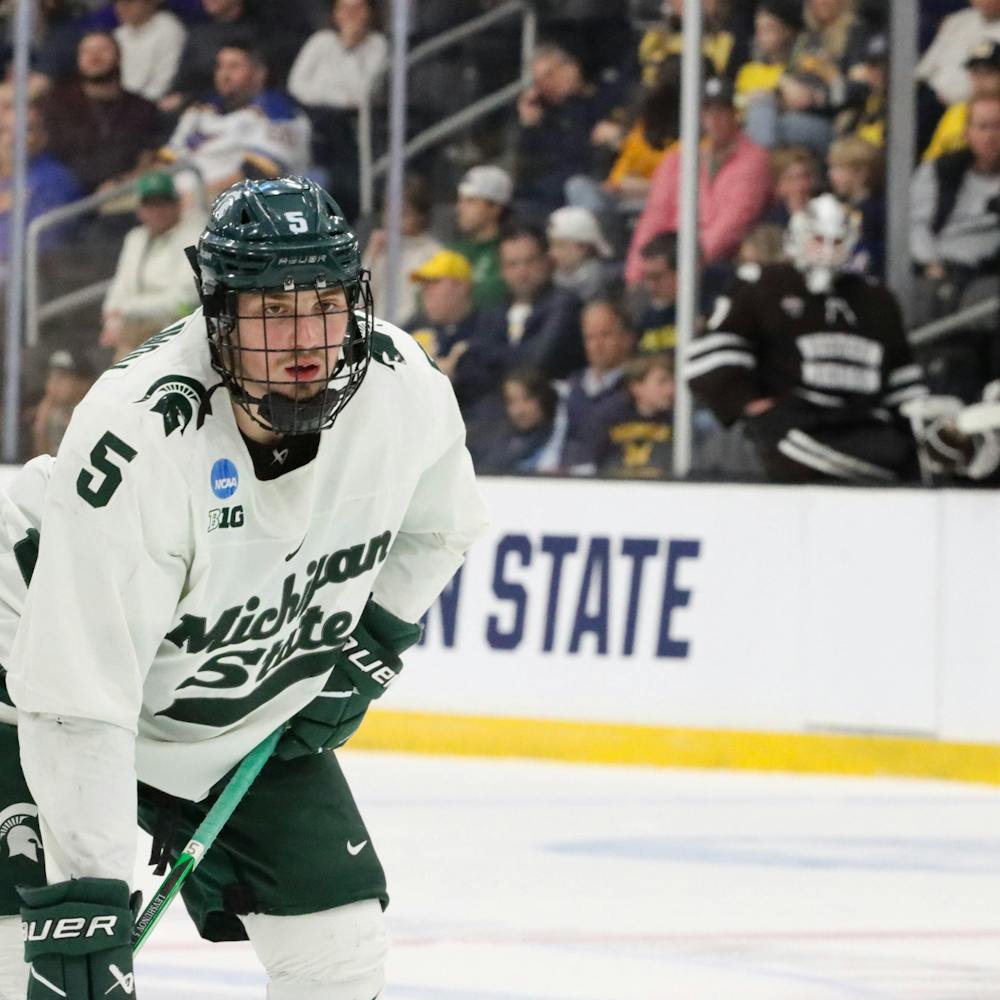While college drinking and drug use in the media are not new concepts, there are plenty of arguments about which stereotypes give students a worse name.
From the 1978 classic “Animal House” to this year’s “College,” college-aged students have been associated with drinking, partying and making poor life choices when under the influence of alcohol for a long time.
Becky Allen, a health educator at Olin Health Center, said the media perpetuates a myth about college students and drinking.
“It shows that they’re predominately interested in partying and little else,” Allen said. “It’s not true and not the case.”
Allen said media portrayals of student drinking can push students into feeling like they need to drink in college.
“When people misperceive something to be the norm, there’s a tendency to match behavior to it,” she said.
According to the 2008 National College Health Assessment Survey of MSU students, 15 percent had never used alcohol and 11 percent had not used alcohol in the past 30 days. The survey was taken by 1,666 students.
Although drug use — mostly marijuana — becomes more common in movies and TV, students such as zoology freshman Abby Reichard said alcohol is more accepted than drugs.
“Talking about alcohol is more socially accepted among teenagers and people in their 20s,” Reichard said.
Reichard said she knows more people who drink than do drugs.
There is a misperception about drug use on campus in general, Allen said.
“Students often dramatically overestimate the number of their peers using illegal substances,” she said. “Alcohol remains the drug of choice — although it is certainly not abused at the level most would think.”
East Lansing police Chief Tom Wibert said images of alcohol in the media have affected college-age people since they were young.
“You’ve seen beer commercials since you were a kid,” Wibert said. “I don’t think you could avoid it; it’s everywhere.”
According to the 1998-2007 East Lansing Police Statistical Report, the number of minor-in-possession citations has dropped dramatically in the past few years.
Although both drugs and alcohol are becoming more prominent in the media, Wibert said that when it comes to arrests, the issues are usually unrelated.
“Drinking alcohol has a certain level of social acceptability that drugs lack,” he said. “I’ve always seen them as separate issues.”
Reichard said although marijuana is illegal, it seems to be less dangerous than the risks of what can happen when drinking alcohol.
“When you smoke pot, your mind gets altered, but when you drink alcohol you turn into a completely different person,” Reichard said. “With pot, you’re still yourself, but you’re just out of it.”
A college education helps break the stereotypes as well. Allen said there is evidence college attendance is a protective factor against future problems with alcohol and other drugs.
Support student media!
Please consider donating to The State News and help fund the future of journalism.
Lyman Briggs School freshman April Osterle said college parties are similar to those in movies in regard to alcohol, but it’s not the same for every person.
“You have choices,” Osterle said. “You can choose not to go to these parties, in which case your experiences aren’t like the movies.”
When it comes to which is the harsher offense, Osterle said that both drugs and alcohol have their risks for college-age students.
“Some people think smoking pot is addicting, but there’s also a chance of becoming an alcoholic, so they both have their own separate risks,” she said.
Discussion
Share and discuss “College parties different on screen, in real life” on social media.






